We are going to kick off this month’s Learning Center topic of “Quilting: Back to Basics” with terminology! First off, is it JUST me or do you also wish we had several words for the things the one word ‘Quilt’ means?
This is what Wikipedia says (and more!), “A quilt is a type of bed cover, traditionally composed of three layers of fiber: a woven cloth top, a layer of batting or wadding and a woven back, combined using the technique of quilting. A quilt is distinguishable from types of blankets because it is pieced together with several pieces of cloth.”
So here is the break down of what “Quilt” means to a Quilter… I know you’ll know what I mean.
- Quilt – The whole finished quilt with binding and everything …. “I made a quilt!”
- Quilt – Doing the quilting of the layers …. “I need to quilt this thing!”
- Quilt – The Top only …. “I made a quilt!” yes… we DO say that .. then fold it and put it on a shelf or send it to be ‘quilted’ or maybe do it our self. BUT I think most quilters consider a top a quilt!
- Quilt – A Description of what we do … “I quilt!” (for fun/hobby/business)
- Quilt – Used to describe the many process it takes to make a quilt… “I need to quilt this weekend”
What is most useful for your personal quilt library is a book like the Encyclopedia of Quilting (which has my quilt on the cover!). This is something you can reference as you go along and run into those pesky terms that are new to you!
For Terminology day I’m going to list a lot of the basics we run into when learning to quilt. For the entire month of March we’ll be diving deep into some of these (see the schedule here). Then in future months we’ll focus on different aspects of quilting. So for today… it’s an overview.
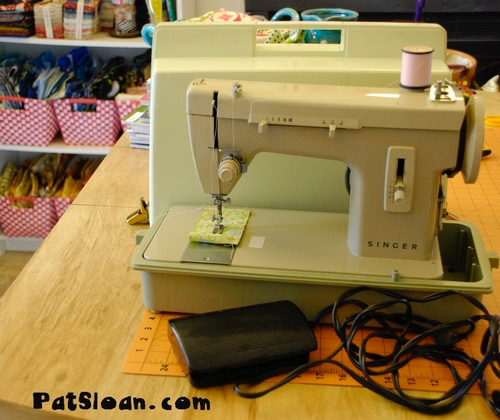
A Sewing machine – what most of us quilt on. If you are very new to quilting you may not even know where to get one of these. Try Hand Quilting – either piecing blocks by hand, appliqué, or putting the layers together. All things done on the machine can also be done by hand.. if you like .. wink! There’s lots of information at American Patchwork & Quilting Magazine on hand quilting.
The Quilt Top

A top is generally made up of blocks. Let’s take a peek a the different parts to a quilt top.
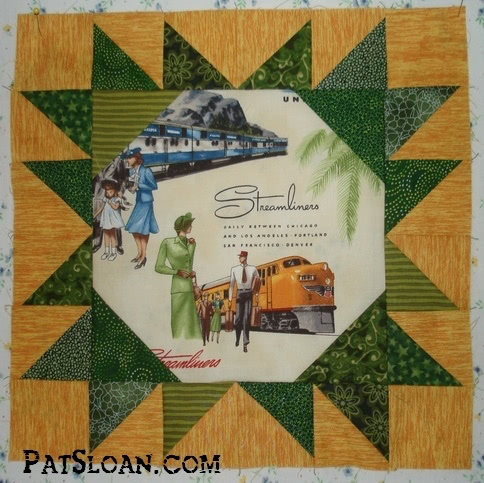
A block – Blocks are the basic structure of many quilts. They are made up of units and can range in size from finished 4″ x 4″ to 18″ x 18″ or larger. Common pieced sizes are 6″ x 6″, 9″ x 9″ and 12″ x 12″.
A few places to learn about pieced blocks… Craftsy’s free workshops and Jackie’s Blogger’s block of the month (I was December!)
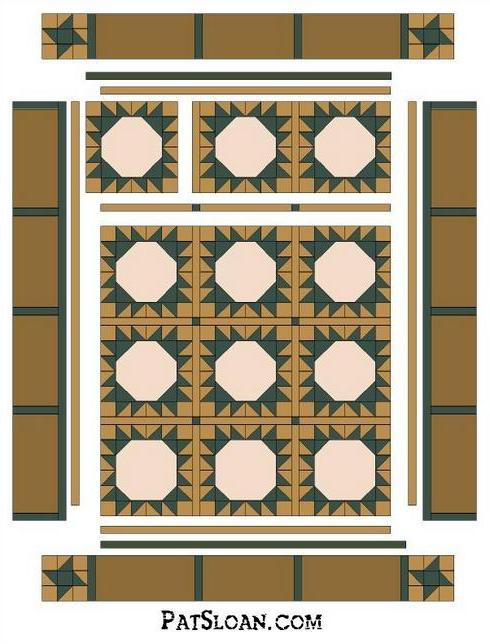

Sashing – This is a strip that is sometimes used between blocks so the blocks either float, or have a frame.
Cornerstones – Often we ‘connect’ sashing with little squares. In my train quilt they create little pops of color.
Inner Border – The first, usually small (thin), border around the center of your quilt top. You can have several of these, or none. I personally love an inner border to frame my work. Think of it as a mat on a photo, I love several mats to make the photo sing! Inner borders and outer borders do this for your quilt center.
Outer Border – A single fabric, pieced or including appliqué. The outer border is the main frame of your quilt. But through history many quilts do not have them. So feel free to end with the center if you are happy with it!
NOTE.. not all ‘quilts’ have borders, or sashing.. and some don’t even have regular blocks. Anything is possible when you start to play with fabric! This piece by Jill Collins was made for the Modern Quilt Guild challenge last year. She won for that quarter! Read about that set of quilts.
Whole cloth – When you don’t have any of the things mentioned above and the design is created solely by the quilt pattern, which is very beautiful! This one is made by Monika, you can read a bit about it at her blog.
Flimsy or “The Top” – Once you have finished the top, many call this a Flimsy… or maybe the more exotic “Summer Quilt”. Sometimes people stop here and call it done. Because we don’t all feel the need to make a top into a quilt. Monica’s flimsy above did make it into a finished quilt. If you don’t follow Monica’s blog already you should! Visit Monica’s post about the quilt here.
Backings – Once you have the top completed, you create a backing so you can put it all together! Many people like a back that matches the front in some way if the quilt is being used. I like to piece my backing, often with left over fabrics like my quilt back above from “Red Letter Day”. See some creative backs here from American Patchwork and Quilting magazine … including one of mine!
Batting or Wadding – This is the part in the middle of the quilt that makes it soft and creates texture. It can be 100% cotton, silk, wool, polyester, bamboo or a blend. There are a variety of thicknesses so your quilt can look thin and drapey, or fluffy, or maybe very firm for a wall hanging. Lenna of Stitching Cow has a nice page about batting types.
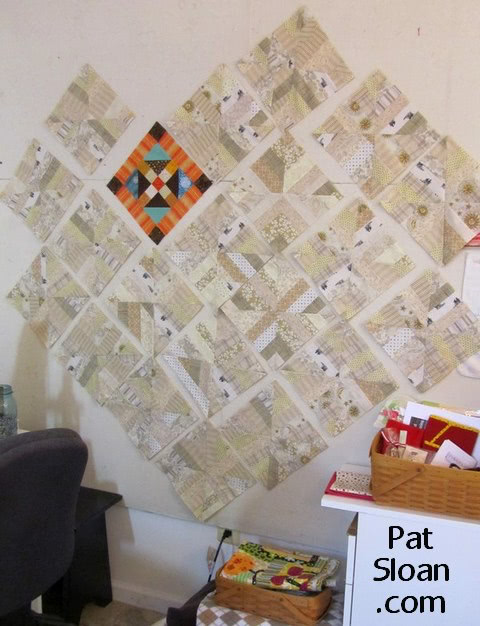
Design Wall – Essential to many quilters after they have tried one! A place to put your blocks, sashing, cornerstones and borders to see how they look from a distance. This is my wall with quilt blocks on point (which means turned).
Additional Resources:
- Quilter’s Acronyms – anyone up for a FART this weekend?
- Even more Quilter’s Acronyms
- Unraveled: A Quilting Glossary 2.0 A humorous post by Megan Dougherty that is sure to make every quilter LOL
- Quilting Terms
Have any questions for this month?
Send us your questions for this month’s Quilting: Back to Basics series. You can leave the questions in the comments or send an email to Pat or Michele directly. We’ll try to answer your questions in upcoming posts.
Reminder:
Share your “After” or “In Progress” photos or answer one of our reader questions in our Studio Organization Wrap-Up post from earlier this week for your chance to win fabulous prizes.
Pat Sloan is owner and founder of the quilting design and publishing company Pat Sloan & Co. She has published over 25 books, more than 100 patterns, nearly 10 fabric lines, and has had her work featured in all the major Quilt magazines. In January 2010, Pat started hosting her weekly Internet Radio show called Creative Talk Radio.
Find Pat here:
Web Site | Blog | Radio Show | Facebook | Twitter
Quilt Forum | Pinterest | Newsletter


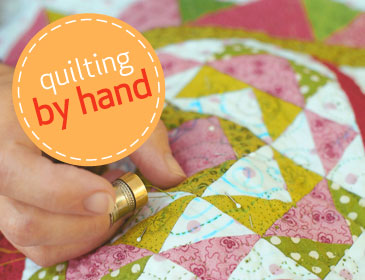
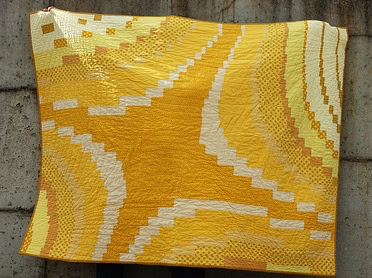
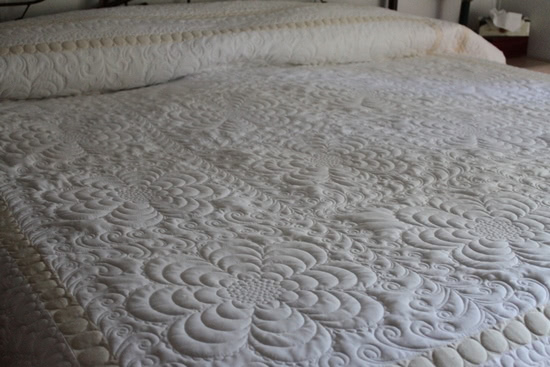
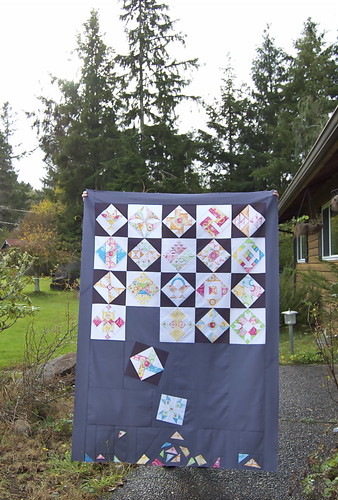
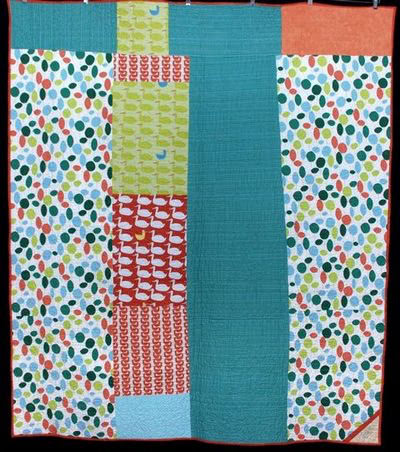
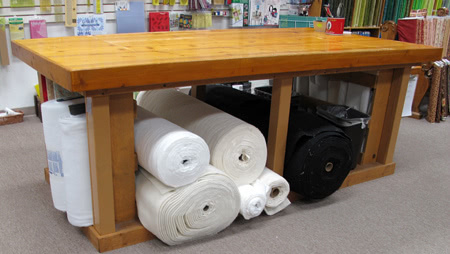

Hi Pat,
As an Englishwoman living in France I suppose I would say that your definitions of the word “Quilt” only apply to quilters in the USA and that elsewhere there are indeed several words where you would use the word “Quilt”. The piecing or making of a top would be patchwork in the UK and in France (it is the same word in both languages) and patchwork would also be the description of what we do and of the many processes involved in making a quilt. I would join a patchwork club not a “Quilt club” here. Quilting is the stitching involved to hold the layers of the sandwich together… Confusing eh??
I was familiar with many of the acronyms but I had to look up FART. That word in German means to travel so it was a real hoot to see it did refer to a trip! LOL I learned a whole new acronym vocabulary today. Thanks!
What a hoot! I have to admit when looking at postings or blogs, I have been challenged by the acronyms. Thanks for the dictionary!
LOL. I love all the definitions of “quilt.”
The way you put your words are fantastic, you write them where people can understand, love your teaching, I also had to look up that word, I knew it wouldn’t mean what I thought at first….lol….no travel for me this weekend, gonna sew something….
Thank Lynne for the input … that’s great info! Now we are bilingual!
Some great information here, thanks for including me.
can I use 100% cotton batting as a designer wall?
Thanks for your inputs. Marion from Germany
While I passed on February’s Organization, I will be following March’s Back to basics.
In Sweden we do have another word for the quilt: lapptäcke!
Quilt is what we do, when we sew it all together.
Some of the words you mention, can´t be found in my dictionary, so thank you.
Gun, Sweden